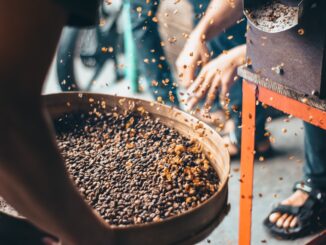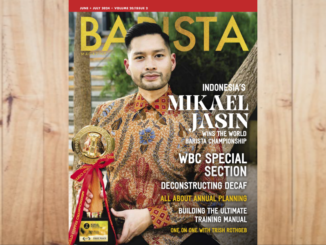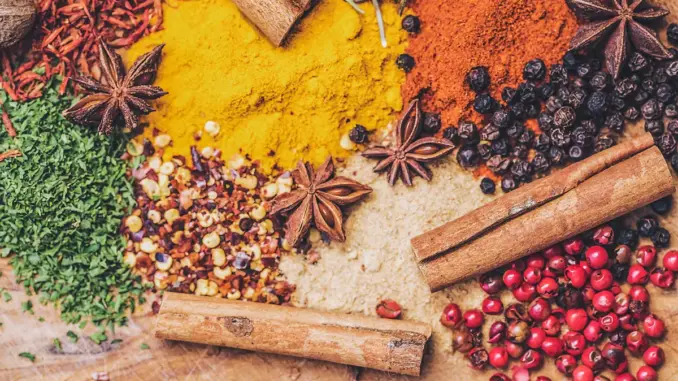
We continue our look at the history behind the traditional autumn spice blend, and how its often violent procurement affected the inhabitants of the Spice Islands.
BY EMILY JOY MENESES
BARISTA MAGAZINE ONLINE
Featured photo by Marion Botella via Unsplash
In this series, we’re uncovering the South and Southeast Asian roots of the well-known holiday flavor pumpkin spice. Part one discussed how the key ingredients in pumpkin spice can be traced to countries like Indonesia, Sri Lanka, and Myanmar. Today we’ll take a look at the European wars waged in these regions to gain control over the sought-after spices. We’ll also discuss the effects of war experienced by civilians in the area.
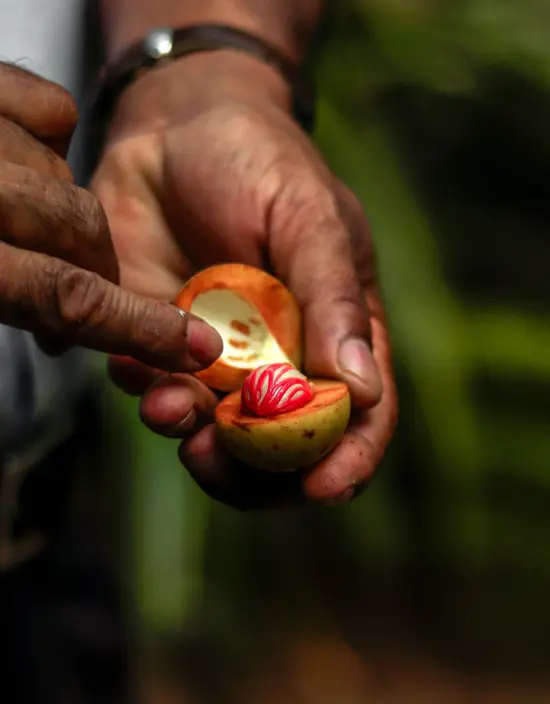
Pumpkin Spice’s Ancient Roots
Nutmeg, cloves, cinnamon, and ginger: The blend commonly known as “pumpkin spice” isn’t a modern invention. People have been using this spice blend since ancient times. In India, they have been using these spices to make masala chai for, according to some historians, around 5,000 years.
Violence on the Spice Islands
So how did this spice blend make its way to the Western world? The coveted spices in the pumpkin spice blend, which came from Asia, made their way to Europe by way of the Dutch East India Company. It was started in Holland in the early 1600s for the sole purpose of gaining control of the Asian spice trade.
At the time, the spices found in pumpkin spice had to be imported from Asia. These spices were considered luxuries in Europe; at times, they were more valuable than silver or gold. To bring larger quantities of the spices they desired to Europe, the Dutch formed the Dutch East India Company, which was designed as an arm of the Dutch government. This granted the company the right to wage war and enslave people with impunity, all for advancing the spice trade.
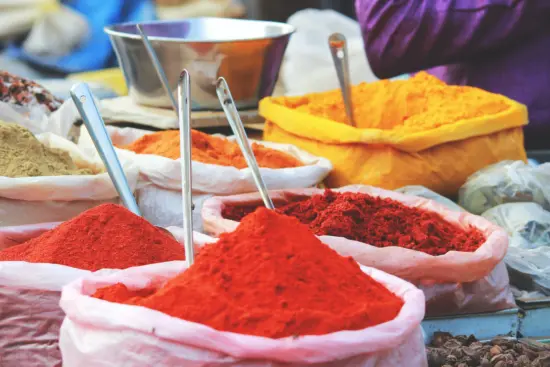
For nearly 200 years, the Dutch East India Company would enact violent practices within Indonesia’s Spice Islands (also known as the Banda Islands). The Dutch imported millions of tons of spices to Europe. They accomplished this by enslaving thousands of people from Africa to work on their spice plantations on the islands.
The presence of the Dutch East India Company on the Banda Islands was incredibly devastating to the islands’ indigenous people. Pre-conflict, the native population across the 11 islands was at about 15,000; only 1,000 to 2,000 remained post-conflict.
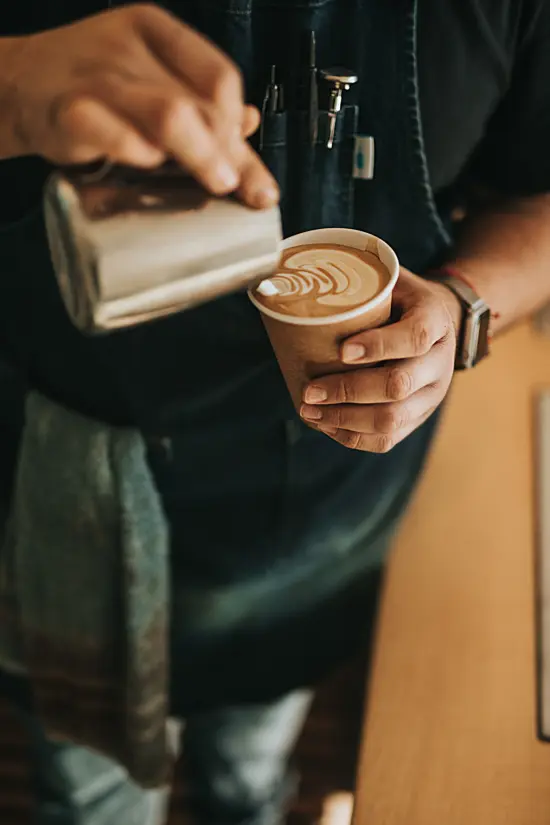
Pumpkin Spice Today
Whether or not you choose to drink pumpkin spice lattes, it’s important to acknowledge the colonial and imperialist history behind this seasonal drink. In 2023, the King of Holland issued an apology for the violence the Dutch East India Company inflicted upon both Asia and Africa. This was a small step for the movement toward reparations for historically enslaved and colonized peoples.
Moving forward, how can we as consumers do our part in improving trade ethics? We can help by advocating for ethically sourced ingredients and staying educated on the stories behind the things we consume.
ABOUT THE AUTHOR
Emily Joy Meneses (she/they) is a writer and musician based in Los Angeles. Her hobbies include foraging, cortados, vintage synths, and connecting with her Filipino roots through music, art, food, and beverage.
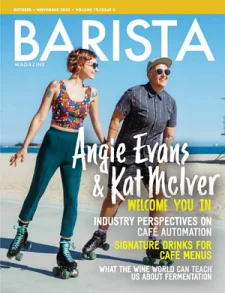
READ THE LATEST BARISTA MAGAZINE
Out now: It’s the October + November 2023 issue of Barista Magazine! Read for free with our digital edition. And for more than three years’ worth of issues, visit our digital archives here.
Get a hard copy of the magazine through our online store, or start a subscription for one year or two.


